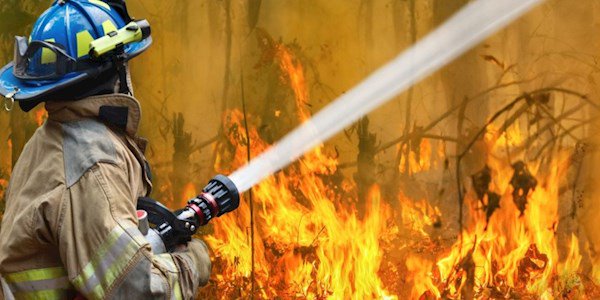
With weather analysts and patterns showing that Australia is heading into another high bushfire risk period, it's time to reassess your property and assets exposed outdoors to protect against losses.
Are you ready for bushfire risk?
1. Be aware of bushfire risk season in your area
Bushfire risk varies all over Australia according to season and is predominantly at heightened risk in:
Northern Australia — June through November over winter and spring
New South Wales and Southern Queensland — September through February over spring and summer
Southern Australia — December through March over summer and autumn.
2. Be realistic about time frames for rebuilding or replacement of damaged property.
if your property is your business premises you should consider if your business interruption indemnity period allows for supply chain hold-ups in obtaining materials and trades labour shortages. What about the availability of replacement vehicles and equipment due to supply chain delays: have you considered down time insurance?
3. Reassess outdoor assets in your property insurance cover
Have you taken exterior structures such as sheds, fencing and plant or machinery located outside your premises into account? These items are at high risk from bushfire damage and are often overlooked or inadequately insured.
The cost of replacing these items can be considerable so don't overlook these assets in your insurance cover and also unexpected but high cost impacts like debris removal, are you covered for this?
4. The role of insurance in bushfire risk mitigation
Just as it makes sense to take practical precautions such as removing dry fuel sources close to buildings and ensuring any entry points for embers in roofs and windows are sealed off, it's just as important to check that your property insurance is adequate and up to date.
With recent events contributing to rising inflation, from cost of materials to availability of labour, it's critical that your sums insured accurately reflect the cost of reinstating the insured property at the time you take out or update your property cover.
5. How advance planning can help your business survive a bushfire
It's highly valuable to have a business continuity plan for continuing to operate after sustaining a loss.
Formulating a plan can help you to identify critical steps and back-up contingencies to have in place in the case of an emergency impact to business premises, people or supplies will help your business be prepared if a significant weather or other event disrupts your business.
This also applies to your employees. Have a clear evacuation plan outlining what the procedure is in case of fire and run regular training for staff members. All staff should also be aware of evacuation routes and the assembly point if they work on dispersed locations on your property.
Appoint someone to be in charge of evacuating staff and customers, and someone else to be responsible for removing critical documentation. Remember to make allowance for the fact that power may go down and mobile phones may not work.
How Gallagher can help
Prevent your property or assets from going up in smoke by getting insurance and risk management advice in advance. Talk to your local Gallagher business insurance expert today, before bushfire season starts in your region.

